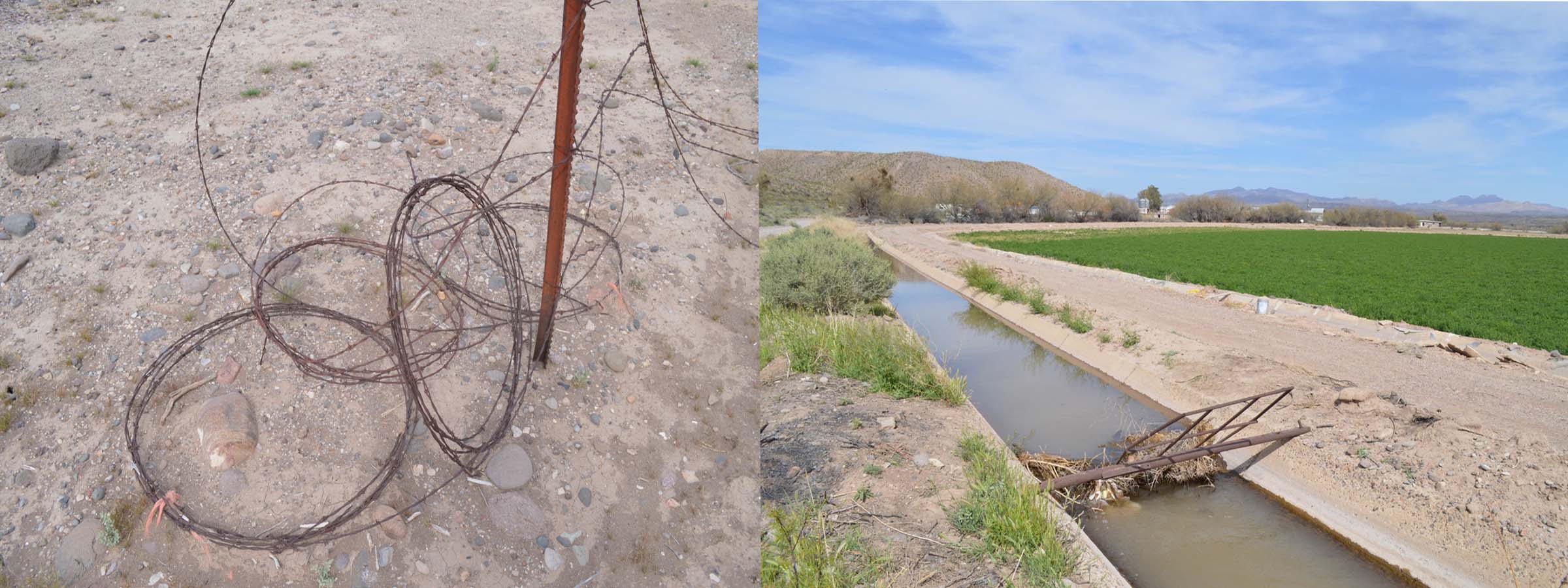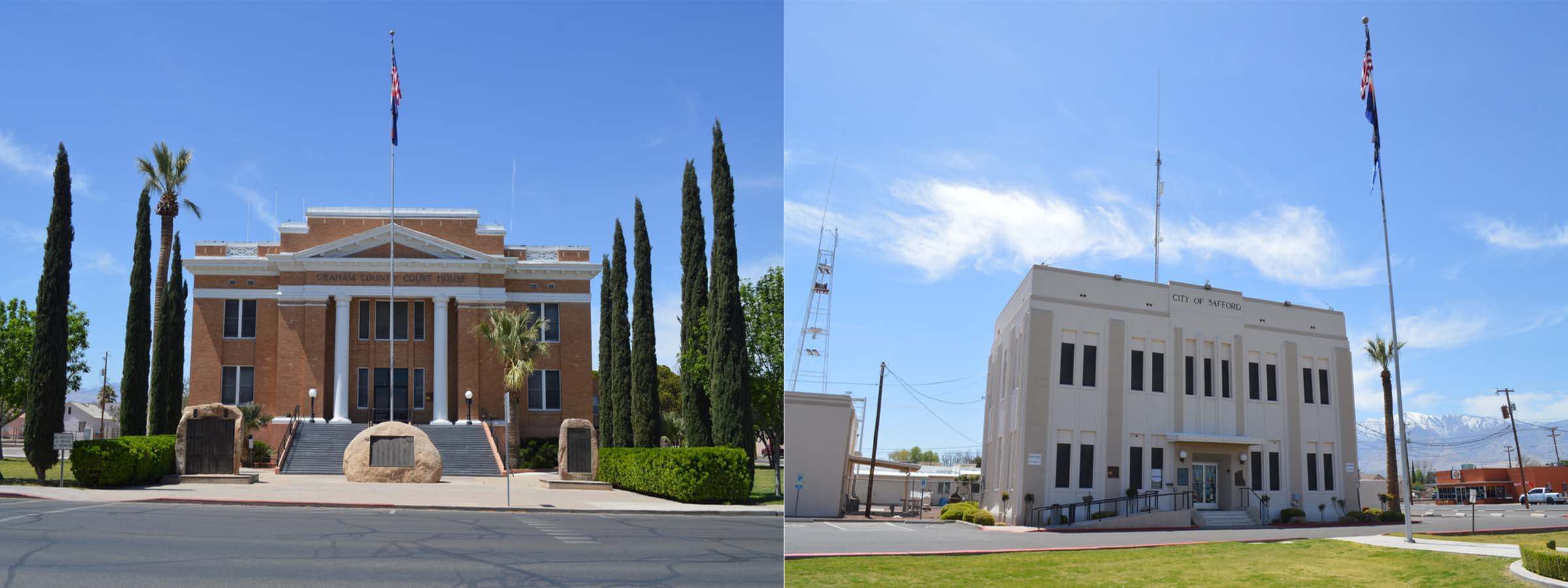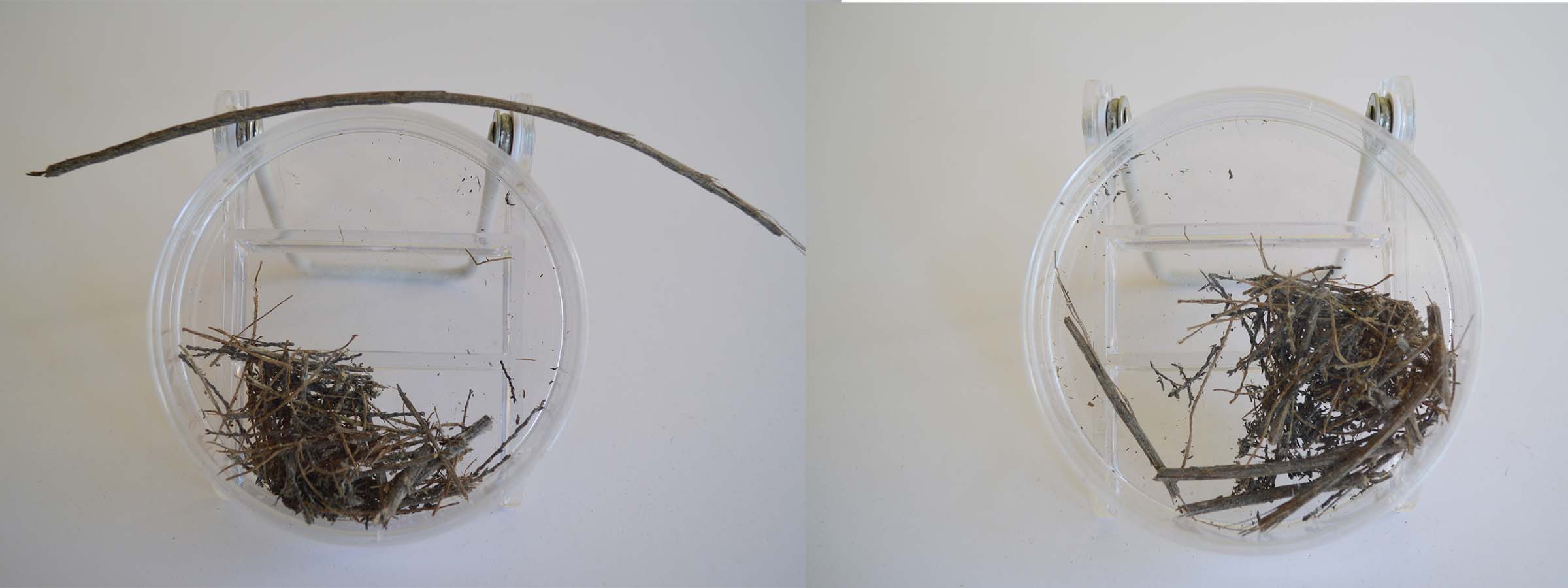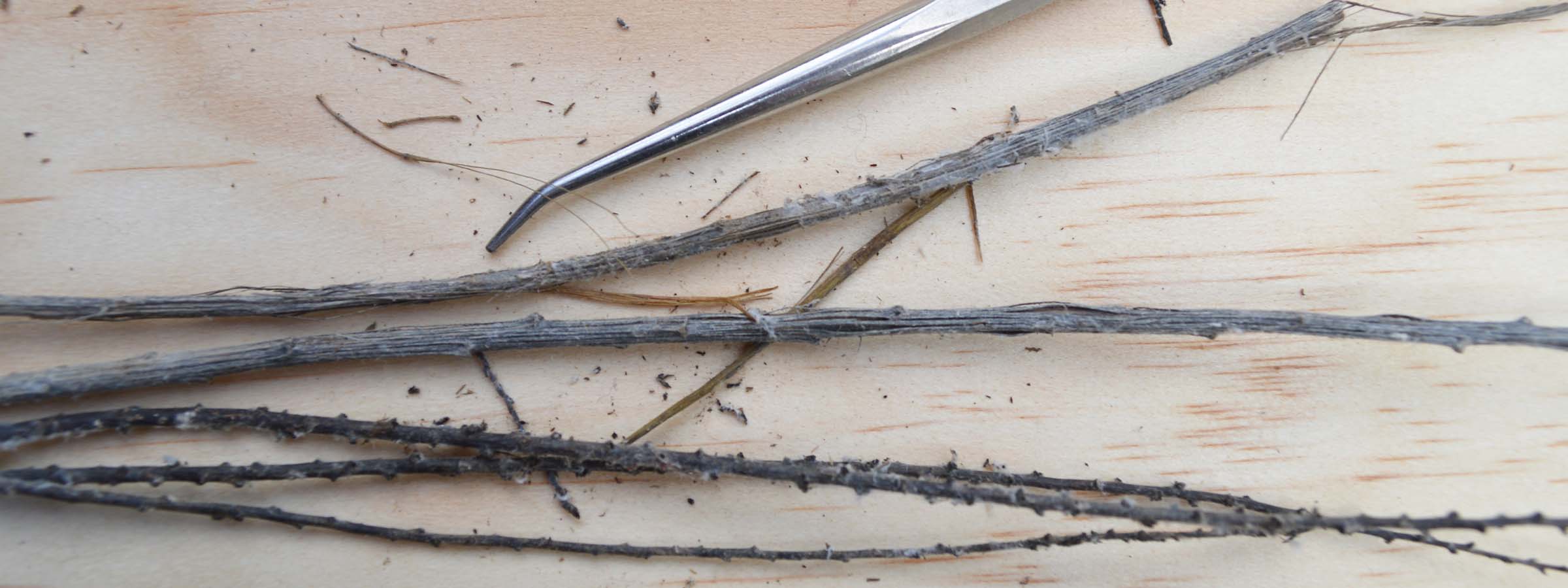Graham County
Graham County has an area of 6,500 square miles and is bounded on the north by Gila, Navajo and Apache Counties; on the east, by New Mexico; on the south by Cochise, and on the west by Pinal and Gila Counties. Throughout its history, it has been home to prehistoric indigenous cultures, Apache tribes, Spanish explorers, military units, mining prospectors, and pioneers of different faiths who settled the area. The Gila River bisects the county from east to west, providing an essential irrigation source for a system of canals serving the many farmers for which the essential crops are cotton, hay, and alfalfa.
Farming, growing crops or raising livestock, is the historic foundation and economic and cultural lifeblood of the region. Small farming communities sprung up along the Gila River in the 1870’s, although archeological evidence suggests the development of canal irrigation dates to pre-historic cultures. The management of water resources has been and continues to be the single most critical infrastructure challenge relating to prosperity.






